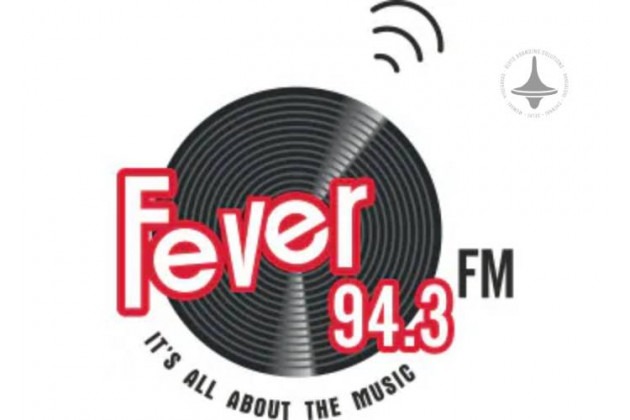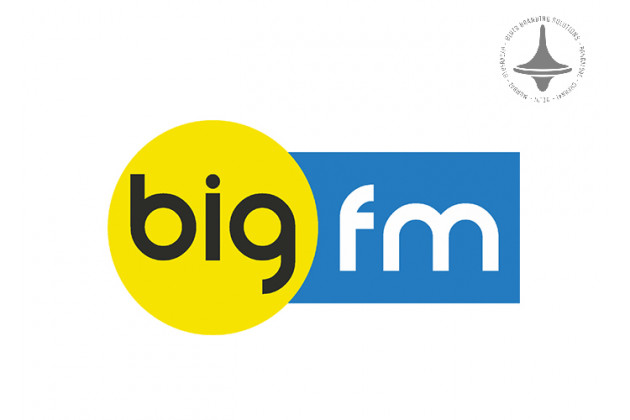Science Behind | Growth Marketing | Digitally | Elyts Branding

In today’s competitive digital landscape, brands must do more than just attract customers—they must grow sustainably and scale effectively. This is where growth marketing comes into play. Unlike traditional marketing, which focuses on awareness and conversion, growth marketing leverages data, experimentation, and optimization to drive long-term business expansion. But what is the science behind growth marketing, and how does it contribute to scaling a brand? Let’s explore the key elements that fuel sustainable brand growth.
Understanding Growth Marketing
Growth marketing is a data-driven approach that focuses on
the entire customer journey—from awareness to acquisition, retention, and
advocacy. Instead of relying solely on conventional advertising, it employs
continuous testing, analytics, and customer insights to maximize engagement and
conversions.
Key principles of growth marketing include:
- Data
Analysis: Leveraging metrics to understand user behavior and optimize
campaigns.
- A/B
Testing: Experimenting with different strategies to determine the most
effective approach.
- Personalization:
Customizing user experiences based on behavior and preferences.
- Automation:
Streamlining marketing efforts to enhance efficiency and scalability.
- Retention
Focus: Prioritizing customer loyalty alongside acquisition.
The Scientific Approach to Growth Marketing
1. Leveraging Data and Analytics
Data is the backbone of growth marketing. Businesses use
tools like Google Analytics, heatmaps, and customer relationship management
(CRM) software to track and analyze user interactions. By measuring key
performance indicators (KPIs) such as conversion rates, bounce rates, and
customer lifetime value (CLV), marketers can make informed decisions and refine
their strategies.
2. A/B Testing and Experimentation
A/B testing, also known as split testing, involves creating
variations of marketing elements—such as website landing pages, email subject
lines, or ad creatives—to determine which performs better. This scientific
approach minimizes guesswork and ensures that every change contributes to
optimized user engagement and higher conversions.
3. Psychological Triggers and Consumer Behavior
Growth marketing integrates psychological principles to
influence customer decisions. Elements such as social proof (customer reviews),
scarcity (limited-time offers), and reciprocity (free trials) can encourage
conversions. Understanding behavioral economics allows brands to craft
compelling marketing strategies that resonate with their audience.
4. Personalization and Customer Segmentation
Generic marketing messages no longer cut it in today’s
market. By segmenting customers based on demographics, behavior, or purchase
history, brands can tailor personalized marketing campaigns. Advanced AI-driven
tools enable hyper-personalization, ensuring users receive relevant content
that increases engagement and retention.
5. Automation and Scalability
To scale a brand effectively, businesses must automate
repetitive tasks. Marketing automation platforms like HubSpot, Marketo, or
Mailchimp help streamline email campaigns, lead nurturing, and customer
engagement. Automation not only saves time but also enhances efficiency,
ensuring a consistent brand presence across multiple channels.
How Growth Marketing Drives Brand Scaling
1. Optimized Customer Acquisition
Rather than investing in broad, costly advertising
campaigns, growth marketing identifies the most effective acquisition channels
through data analysis. Paid ads, organic content marketing, influencer
partnerships, and referral programs are all tested and optimized for maximum
ROI.
2. Retention and Customer Lifetime Value (CLV)
Acquiring customers is only half the battle; retaining them
ensures sustainable growth. Growth marketing emphasizes loyalty programs,
personalized communication, and continuous engagement strategies that keep
customers coming back, ultimately increasing their lifetime value.
3. Viral Growth Loops
A powerful aspect of scaling a brand is the use of viral
growth loops. When customers refer others—through incentives, word-of-mouth, or
shareable content—it creates an exponential growth effect. Brands like Dropbox
and Airbnb have successfully implemented referral programs that led to
significant scaling.
4. Multi-Channel Expansion
Growth marketing ensures a brand is visible across multiple
digital touchpoints, including search engines (SEO), social media, email, and
paid advertising. This omnichannel approach enhances reach and establishes a
strong brand presence that attracts and retains customers.
5. Continuous Optimization and Agility
Growth marketing is not a one-time effort but an ongoing
process. By continuously analyzing data, experimenting with new tactics, and
refining strategies, businesses stay ahead of the curve. Agility in adapting to
market changes ensures sustained growth and competitiveness.
Final Thoughts
The science behind growth marketing lies in data-driven
decision-making, strategic experimentation, and customer-centric optimization.
By leveraging analytics, behavioral insights, automation, and personalized
experiences, brands can scale effectively while maximizing their marketing ROI.
Unlike traditional marketing, which often relies on static campaigns, growth
marketing is an evolving process that adapts to consumer behavior and market
trends.
Elyts Advertising and Branding Solutions | www.elyts.in (India) | www.elyts.agency (UAE)






















Leave a Comment